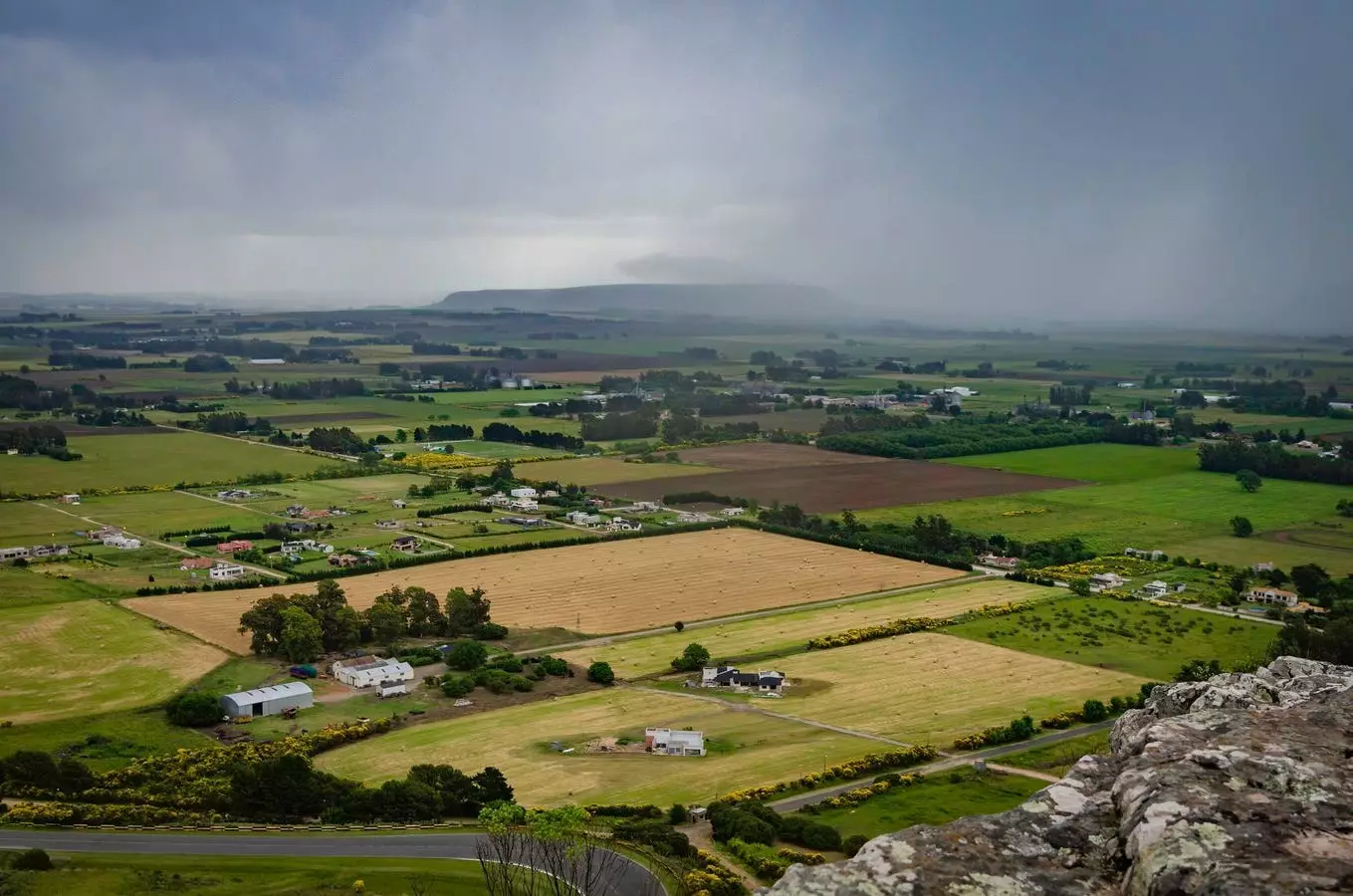In today’s fast-paced world, it’s almost easy to forget how much the weather still influences our daily lives, especially in sectors unshielded by modern conveniences. For the vast majority of Americans, our climate concerns may be relegated to choosing appropriate outfits or occasionally fumbling with a thermostat. However, for industries like agriculture, which are intricately interconnected with climatic nuances, weather is anything but trivial. Weather forecasts, although useful in immediate terms, often fall short when it comes to long-term planning. This fact illuminates the importance of pioneering services that extend their predictive capacities beyond conventional limits.
As we forecast further into the horizon of weather prediction, we unveil a significant divide between the capabilities of standard meteorological forecasts and those tailored for industries impacted by seasonal changes. If a construction company can dust off its plans because of an impending snowstorm, a vineyard might be facing irreversible damage due to a frost that’s not predicted until it’s too late. The disparity in weather forecasting detail and accuracy begins to form the backbone of a critical discussion—how can agriculture arm itself against long-term climatic variability?
Enter FarmCast®: A Revolutionary Approach
To bridge this gap, a remarkable innovation has rooted itself in the agricultural sector: FarmCast®, a service developed by weatherTrends360, brought into existence by Bill Kirk in 2002. This system aims to dissolve the limitations of traditional predictive models, which typically extend mere weeks into the future. Instead, FarmCast® peeks into the fabric of climatic cycles, utilizing advanced models that integrate over 150 years of data spanning atmospheric flows, macro-cycles, and significant climate indicators such as El Niño and the Atlantic Multi-Decadal Oscillation (AMO).
FarmCast® empowers farmers and agricultural businesses with predictions that span up to a year in advance. This capacity represents a monumental leap forward for anyone reliant on the weather—whether it’s the neighboring farmer or the local brewer gearing up for peak season. Armed with these long-term forecasts, agriculture can now sidestep many pitfalls that arise from weather unpredictabilities, thus reshaping traditional methodologies of crop planning and resource management.
Predictive Power Meets Agricultural Resilience
The implications of having long-term weather forecasts are profound. For instance, farmers can navigate drought conditions with foresight, enabling them to choose drought-resistant crop varieties proactively. The manual labor of sowing and harvesting is daunting enough without the added complication of abrupt weather patterns. Thus, anticipating dry spells—or conversely, an unusually wet season—can position farmers favorably, enabling them to sustain yields and protect their livelihoods.
Additionally, those in agriculture can optimize their planting schedules based on projected frost-free windows. Such insights can encourage innovative practices like crop rotation and relay cropping, maximizing seasonal productivity. By remaining a step ahead of the climate rather than merely reactive, farmers can effectively squeeze more out of their limited resources. Moreover, as global market dynamics shift with variable weather in other regions, this foresight allows for strategic adaptations to remain competitive.
FarmCast® isn’t just a boon for individual farmers; its utility extends to grain traders and cooperative advisors who provide essential support to the agricultural community. In an industry where timing is everything, the capacity to anticipate future market conditions based on weather forecasts enhances decision-making, thus fostering economic resilience within local farming ecosystems.
Artificial Intelligence: The New Farming Guru
The marvel of technology doesn’t stop at extended weather projections—there’s an elevation of data analysis through the marriage of artificial intelligence and agriculture. Partnering with AiQ Pro, FarmCast® has introduced an AI assistant named Andy. This groundbreaking development embodies the transformative potential of artificial intelligence in agricultural decision-making. By asking questions to Andy, users can gain insights derived from vast datasets on weather patterns, market trends, and optimal crop strategies.
While farming has long been an occupation framed by tradition, it’s evolving into a field that thrives on data-driven insights. Even the most seasoned farmers can benefit from guidance in navigating the complexities of climate change and market volatility. Such tools not only elevate the capabilities of established growers but also provide training opportunities for emerging farmers who are less experienced and equipped with less technical knowledge.
As we transition into a new era of agriculture that heavily relies on technology and data, the increased confidence sparked by long-term weather predictions signifies a paradigm shift. The relationships cultivated between weather forecasts and agricultural practices not only help secure food sources but also contribute to the economic fabric of sustainable farming. The key takeaway remains clear: in an age where climate unpredictability looms large, being equipped with advanced predictive tools is tantamount to ensuring the future viability of agriculture.


Napsat komentář